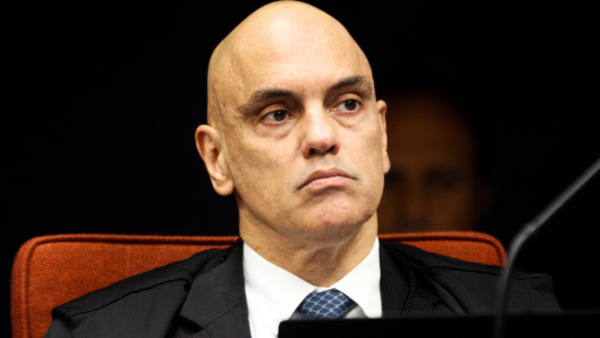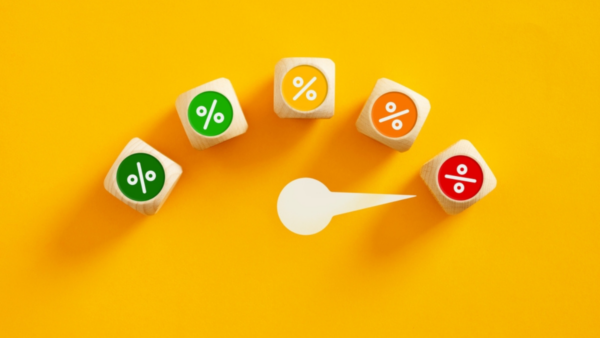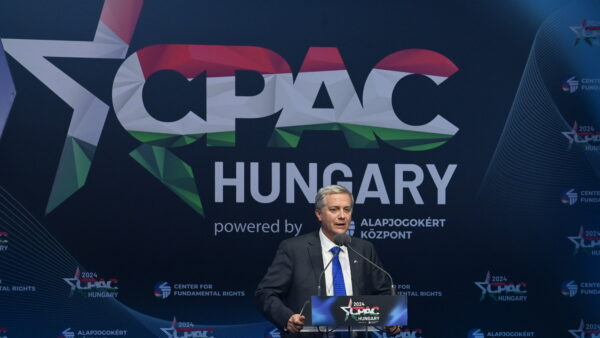Last week’s increase in gasoline and diesel prices at the refineries of oil giant Petrobras — which accounts for more than 80 percent of the country’s refining capacity — caused analysts from the leading financial institutions to raise their projections for inflation in 2023. The Central Bank’s Focus Report, released every Monday, points to an average forecast of 4.90 percent for official inflation at the end of this year — above the target ceiling of 4.75 percent.
Since last Wednesday, gasoline and diesel prices at refineries have risen 16.27 percent (BRL 0.41 per liter) and 25.82 percent (BRL 0.78 per liter), respectively. The increase was expected as gasoline and diesel prices have been below international rates for months, and also due to unfavorable year-on-year comparison effects. In 2022, July (-0.68 percent), August (0.36 percent), and September (0.29 percent) saw sharp drops in prices caused by tax exemptions on essential items such as fuel during last year’s election campaign.
Gasoline has the highest individual weight among all 377 goods and services that make up the official IPCA inflation index, measured by the Brazilian Institute of Geography and Statistics (IBGE). In July, it accounted for 4.79 percent of the index.
Economist André Braz, from the Brazilian Institute of Economics (Ibre) at think tank Fundação Getulio Vargas, expects the impact of the fuel price adjustment to be spread between August and September, as it came in the middle of the month.
However, the increase in the IPCA for the second half of the year is not expected to change the disinflationary process, but only to slow it down, which means no change of scenario for the Monetary Policy Committee’s new cycle of cuts to the benchmark interest rate.
Most analysts believe that the country will grow more than expected at the beginning of the year, supported by a lower, albeit restrictive, policy rate. The median of projections for the 2023 benchmark interest rate dropped to 11.75 percent, falling below 12 percent for the first time. At the same time, the country’s GDP forecast rose from 2.24 percent a week earlier to 2.29 percent.


 Search
Search










































